Getting Started
Succession planning is the process of developing your existing talent for future deployment in the organization. Done properly, succession planning serves a key purpose of keeping talent in the pipeline by identifying high potential, also known as ‘HiPo’ individuals. HiPo employees are high performers with the potential and aspiration to continue moving upward through the management ranks.
The best way to reduce the effect of lost leadership is through a strong succession planning program that identifies and fosters the next generation of leaders through mentoring, training and stretch assignments, so they are ready to take the helm when the time comes.
Some companies focus all of their succession planning efforts on high potential individuals, whereas others create a succession plan for everyone from the moment they are onboard. The benefit of focusing on high-potential workers is you can channel more resources and coaching toward those employees with the greatest promise. Developing leaders internally takes time and effort, but these homegrown candidates are more likely to be successful than external candidates.
Companies cannot adequately prepare for the future without a formal succession management process in place. Without succession planning, organizations typically respond reactively to changes in leadership and are left to rely on external talent to fill critical internal roles. Worse yet, existing employees may be promoted to roles that are ill-fitted to their current skills or competencies.
The Role of HR
1. Ensure Diversity in Succession Planning
Managers often seek people who are like them for mentoring and promotion. This can often leads to an overabundance of white men leading organizations. If companies value diversity in their leadership, the succession planning initiative should include steps that actively promote women and minorities for leadership opportunities, and train managers on how to encourage diversity on their teams.
2. Get Support from the Top
HR leaders can build a great talent development plan, but without active support from leadership, it won’t have the desired impact. HR leaders can’t force executives to support their efforts but they can align talent management efforts with strategic plans and educate executives and managers about the business value of succession planning efforts. As with any program, there should be periodic, scheduled discussions about:
- Staff departures or upcoming departures
- Staff position changes
- Performance level changes
- Goal changes
- Do business needs still warrant the roles targeted?
- How have stretch assignments, training, etc. progressed?
3. Investigate Career Planning
Review Catapult’s Career Management and Planning guide which provides details that the company requires in order to assess the individual goals of each employee. Succession planning fails when it makes assumptions about what employees want.
4. Create Talent Profiles
Every employee that is being assessed as part of the succession planning process should have a completed talent profile that is maintained by HR staff (see Talent Profile tool on Catapult’s site).
The profile may include:
- Retention Risk
- Diversity
- Education
- Competencies
- Goals
- Previous & current jobs
- Talent level
Train your management teams on how to conduct career discussions. It is important that the employees get a sense that, as a result of those discussions, something is being done to address their aspirations. Finally, it is difficult to over-communicate career opportunities to the internal staff.
Reviewed for NC/SC law only.

